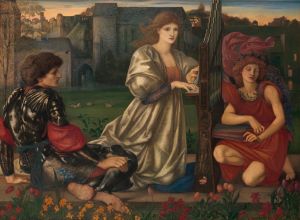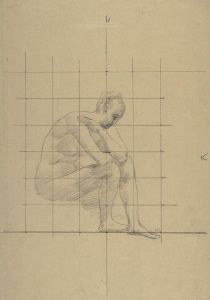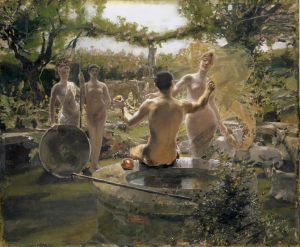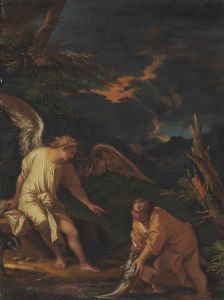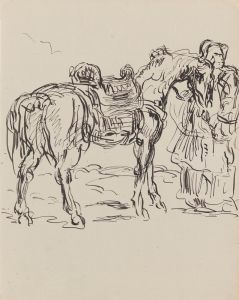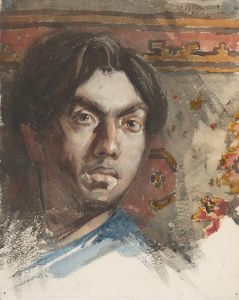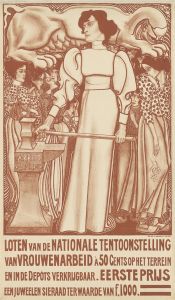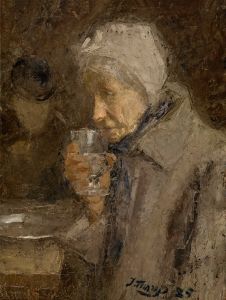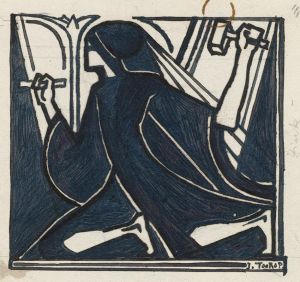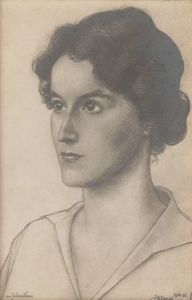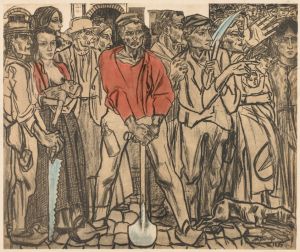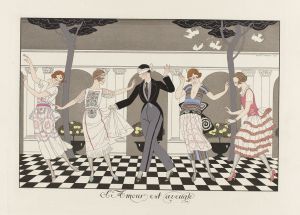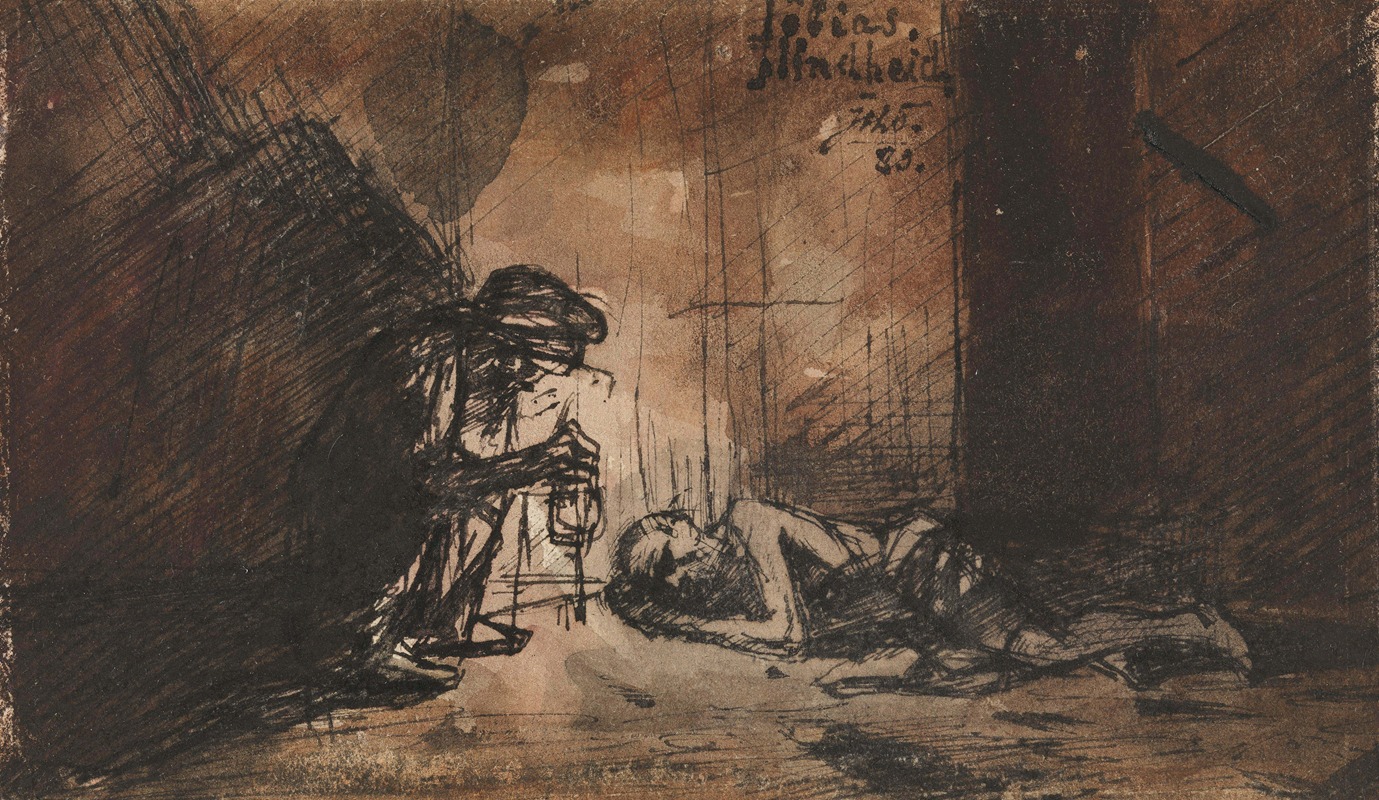
The Blindness of Tobias
A hand-painted replica of Jan Toorop’s masterpiece The Blindness of Tobias, meticulously crafted by professional artists to capture the true essence of the original. Each piece is created with museum-quality canvas and rare mineral pigments, carefully painted by experienced artists with delicate brushstrokes and rich, layered colors to perfectly recreate the texture of the original artwork. Unlike machine-printed reproductions, this hand-painted version brings the painting to life, infused with the artist’s emotions and skill in every stroke. Whether for personal collection or home decoration, it instantly elevates the artistic atmosphere of any space.
"The Blindness of Tobias" is a painting created by the Dutch-Indonesian artist Jan Toorop in 1889. Jan Toorop, born Johannes Theodorus Toorop on December 20, 1858, in Purworejo, Java, was a prominent figure in the Symbolist movement and is known for his diverse artistic styles, ranging from Impressionism to Art Nouveau.
The painting depicts a scene from the biblical story of Tobias, which is found in the Book of Tobit, part of the Apocrypha in the Old Testament. In the narrative, Tobias is the son of Tobit, a righteous man who becomes blind. Tobias is sent on a journey to retrieve a sum of money and is guided by the archangel Raphael, who appears in disguise. During his journey, Tobias catches a fish whose gall, heart, and liver have healing properties. Upon his return, Tobias uses the fish's gall to cure his father's blindness.
Toorop's interpretation of this story is rendered in a Symbolist style, characterized by its use of allegory and emphasis on conveying deeper meanings through symbolic imagery. The painting captures the moment of Tobias's blindness, emphasizing the emotional and spiritual dimensions of the experience. Toorop's use of color, line, and composition reflects his interest in exploring the mystical and transcendental aspects of human existence.
"The Blindness of Tobias" is notable for its intricate details and the way it blends elements of different artistic movements. Toorop's work during this period often incorporated influences from Impressionism, with its focus on light and color, as well as elements of Art Nouveau, evident in the flowing lines and organic forms. The painting also reflects Toorop's interest in Javanese culture and motifs, which he often integrated into his works.
Jan Toorop's career spanned several decades, and he was a key figure in the development of modern art in the Netherlands. He was associated with various artistic groups and movements, including the Hague School and the Belgian avant-garde group Les XX. Throughout his life, Toorop's work evolved, reflecting his changing interests and influences, from early Impressionist landscapes to later Symbolist and Art Nouveau pieces.
"The Blindness of Tobias" is housed in the Kröller-Müller Museum in Otterlo, Netherlands. The museum is renowned for its extensive collection of modern art, including works by Vincent van Gogh, Pablo Picasso, and Piet Mondrian. Toorop's painting is part of the museum's permanent collection and is appreciated for its unique blend of styles and its exploration of spiritual themes.
Jan Toorop passed away on March 3, 1928, in The Hague, Netherlands. His legacy continues to be celebrated for his contributions to modern art and his ability to fuse different artistic traditions into a cohesive and expressive body of work. "The Blindness of Tobias" remains a significant example of his talent and vision, illustrating the depth and complexity of his artistic endeavors.





